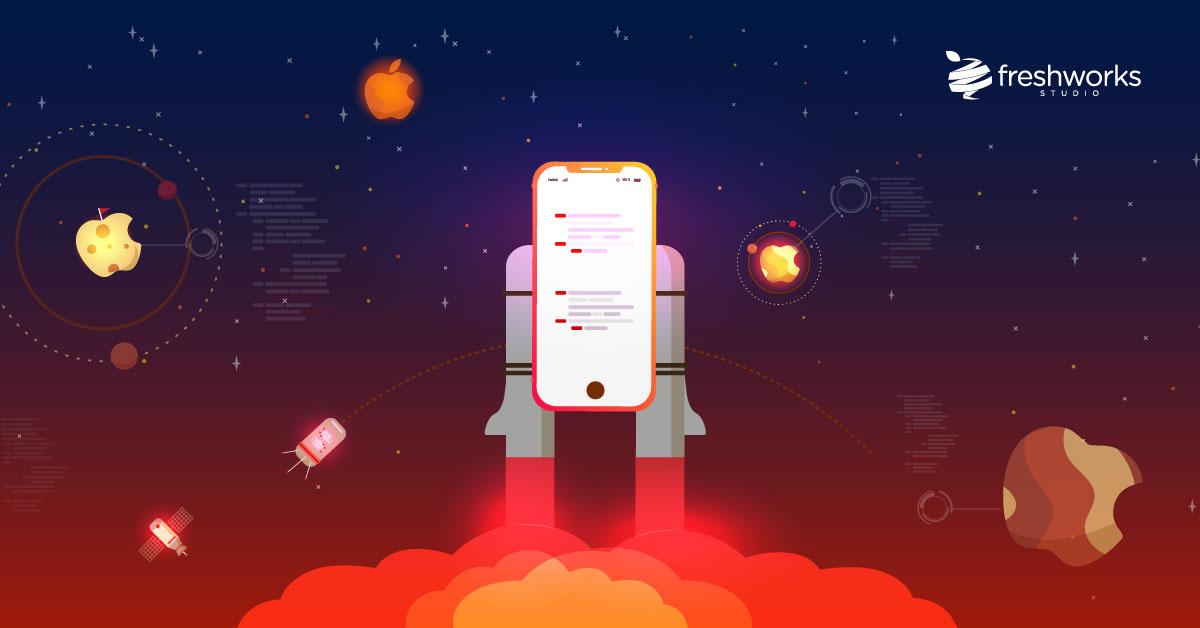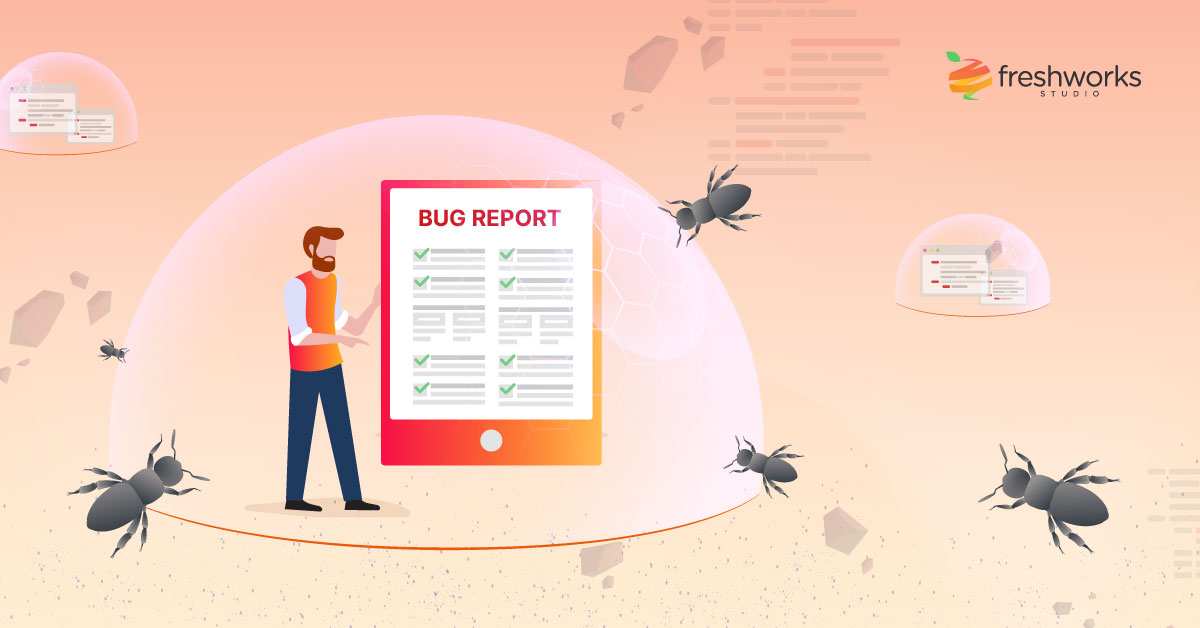August 18, 2020
Using Open Source Code for Digital Government


Chapter 1 – The Humble Beginning
FreshWorks Studio started in 2016, as a small boutique software studio with a non-existent track record in Government IT services. All we had at that time was our deep technical background, unwavering enthusiasm and a relentless drive to break into the BCGov IT sector and prove our capabilities. We also saw the opportunity to make an impact by using open source code for digital government. In July 2011 the B.C. Government introduced its Open Information and Open Data Policy, becoming the first province in Canada to publish its data under an open license and we had the tools and resources at FreshWorks to make use of the available data.
Due to the lack of any paid public sector engagements back in 2016, we developed the BC Highways mobile apps using the Open511 OpenData (thanks DataBC) and launched this free app for the BC commuters. This project was our attempt to deliver a modern digital tool to access real-time traffic incidents, border delays etc.

We have explained the term “Government as a Platform” popularized by Tim O’Reilly in a 2011 article describing how governments can use open standards, APIs and open data to become an open platform upon which people inside or outside of government can create innovative new services. BC Highways was our practical introduction to this concept.
The app went viral practically overnight, and our emails were flooded with thank-you messages from BC truckers and other residents who need high-quality real-time traffic information. We also gained some reputation for delivering modern mobile apps, with my co-founder and I being termed as the ‘Mobile Boys’ by a few (people).
Since then, we have developed the BCGov Directory app which uses OpenData to allow citizens to easily find, contact and get direction to specific people and departments within bc Government. More recently we released the Wildfire Danger Aware app which uses weather data to assess wildfire risk aiming to help make safer work conditions. All of these apps use open-source data to offer free and valuable services to the public.


Chapter 2 – A Spot at the Table
As our BC Highways app was picking up media steam, we approached the BC Ministry of Citizen Services (known as MTICS at the time) to offer our expertise on any relevant mobile app initiatives at BCGov. Fortunately, we got a chance to demonstrate our skills through a PoC (proof of concept) project for the BC Services Card mobile app. This was our very first paid engagement in the public sector, and it laid the foundation of our company.
We delivered the highly celebrated PoC within a couple of months, and our mobile app team has since been working on the wholesome BC Services Card application suite for around 4 years to date. Check out this latest update from Jaimie Boyd (our Chief Digital Officer).

The “Verify by Video” service was launched in June 2019 and allowed people to have their identity verified for the purposes of using their Services Card mobile app by video calling a Service B.C. rep. Now, residents have the option of calling or using the new “Send Video” feature. For now, British Columbians can use this virtual app to pay bills, access health care information, access their Canada Revenue Agency (CRA) account, and manage StudentAid applications. We are working with the province to bring more services online through the app.
Projecting the BCSC app as a proverbial jewel in our crown, we got an opportunity to work on a number of impactful projects in the BCGov Public Sector, while also expanding our reach in the Canadian Private sector clientele and the US market. Over these years we grew from just two young immigrant entrepreneurs to a thriving team of 70+ software enthusiasts delivering one project after the other. Then – like so many other organizations – everything changed with the emergence of COVID-19.
Chapter 3 – Kind, Calm and Safe
Our world changed overnight, and it felt like someone pulled the emergency brakes on our growth wagon. Our private sector leads (mostly from down south) went ‘Sahara Dry’ and thus we shifted our focus and resources to helping our Province with digital responses to the pandemic. Thanks to all our well-wishers within BCGov who trusted us to deliver in this time of turmoil – you know who you are as we can’t name you because you don’t like to take any credit.

One of our prime COVID specific deliverables was the BC ETS (Enhanced Traveller Screening) application. You can read more about this project here. Our application went live at all major BC borders within just one week of development, and the executive leadership of BCGov was kind enough to Open Source the codebase for the benefit of other Canadian provinces, and broader public sector entities who wish to administer self-quarantine measures.
Canadian Public Service is a close-knit community, and the good news spread like wildfire. Amazon actually picked up the story and included it as part of an article on open source government initiatives during COVID-19.
Alberta Health also reached out to BC to learn more about the open-source project as their Premier announced that AB will also offer an ETS solution. Alberta instantaneously realized the benefits of open source code for digital government, as they can now get up and running with their custom branded application within just weeks of starting development.
The project was fortunately awarded to FreshWorks Studio, and our team was able to extend the existing open-source codebase to meet the unique needs of the Province of Alberta. A detailed case study showcases our journey with AB ETS by using the open-source code.
Taking a substantial naive risk of getting ahead of ourselves, I am happy to share that the province of Nova Scotia has also shown interest in adapting our ETS solution and we are currently advising the province on the next steps towards extending this open-source codebase; once again using the same code but for a new province.


‘Keep Calm and Carry On’ they said, and our journey has been nothing short of a nail-biter movie. Professional IT services is a competitive market, wherein vendors typically promote custom software solutions that maximize the bottom line. However, our experience has been somewhat atypical, wherein our company established itself through an app based on OpenData, and we are currently flourishing through the delivery of Open Source apps.





You must be logged in to post a comment.